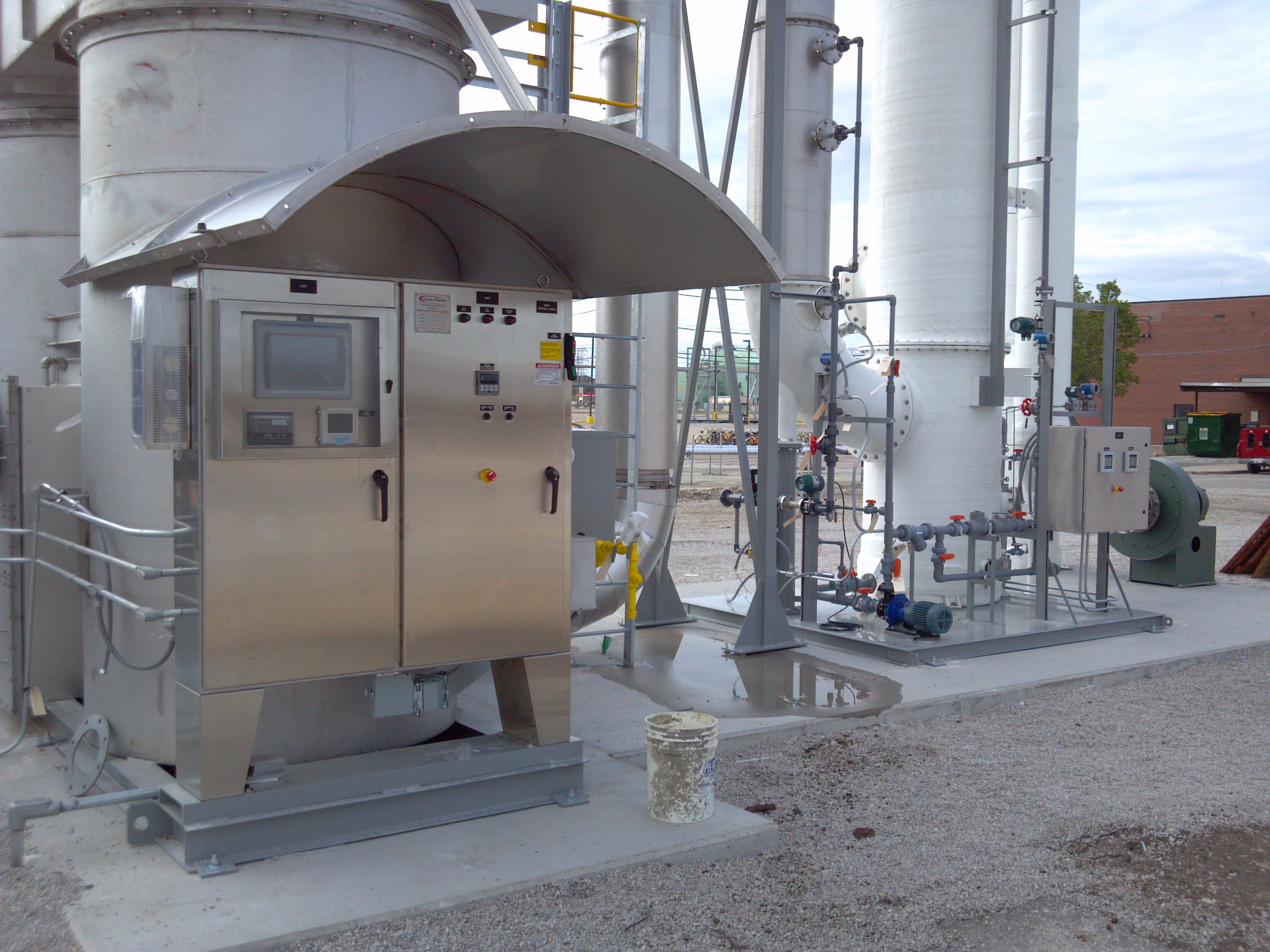 In situ thermal remediation involves the transfer of energy into the subsurface to:
In situ thermal remediation involves the transfer of energy into the subsurface to:
- Destroy or mobilize and recover volatile and semi-volatile organic contaminants
- Increase soil and groundwater temperatures to increase biodegradation rates
- Increase the rate of abiotic degradation rates (e.g., hydrolysis of 1,1,1-trichloroethane)
- Vitrify soils to volatilize organic and stabilize inorganic contaminants
XDD has experience in the evaluation and implementation of several thermal remedial technologies, including:
- Steam enhanced soil vapor extraction (SEE)
- Thermal conductive heating
- Radio frequency heating
XDD’s thermal experience has allowed our clients to address environmental liabilities for organic soil contaminants with low vapor pressures (semi-volatile organic chemicals) and in soils where climatic conditions make unmodified soil vapor extraction (SVE) impracticable.
Currently, XDD Environmental is applying steam enhanced SVE to accelerate removal of hundreds of thousands of pounds of di-, and tri- chlorobenzenes at a mid-west industrial facility to meet the United States Environmental Protection Agency (EPA) required remedial clean-up time frames.
Want to know a bit more about how thermally enhanced technologies work? Click here.
Email XDD at keane@xdd-llc.com for case studies associated with our thermally enhanced remedial technology experience.

